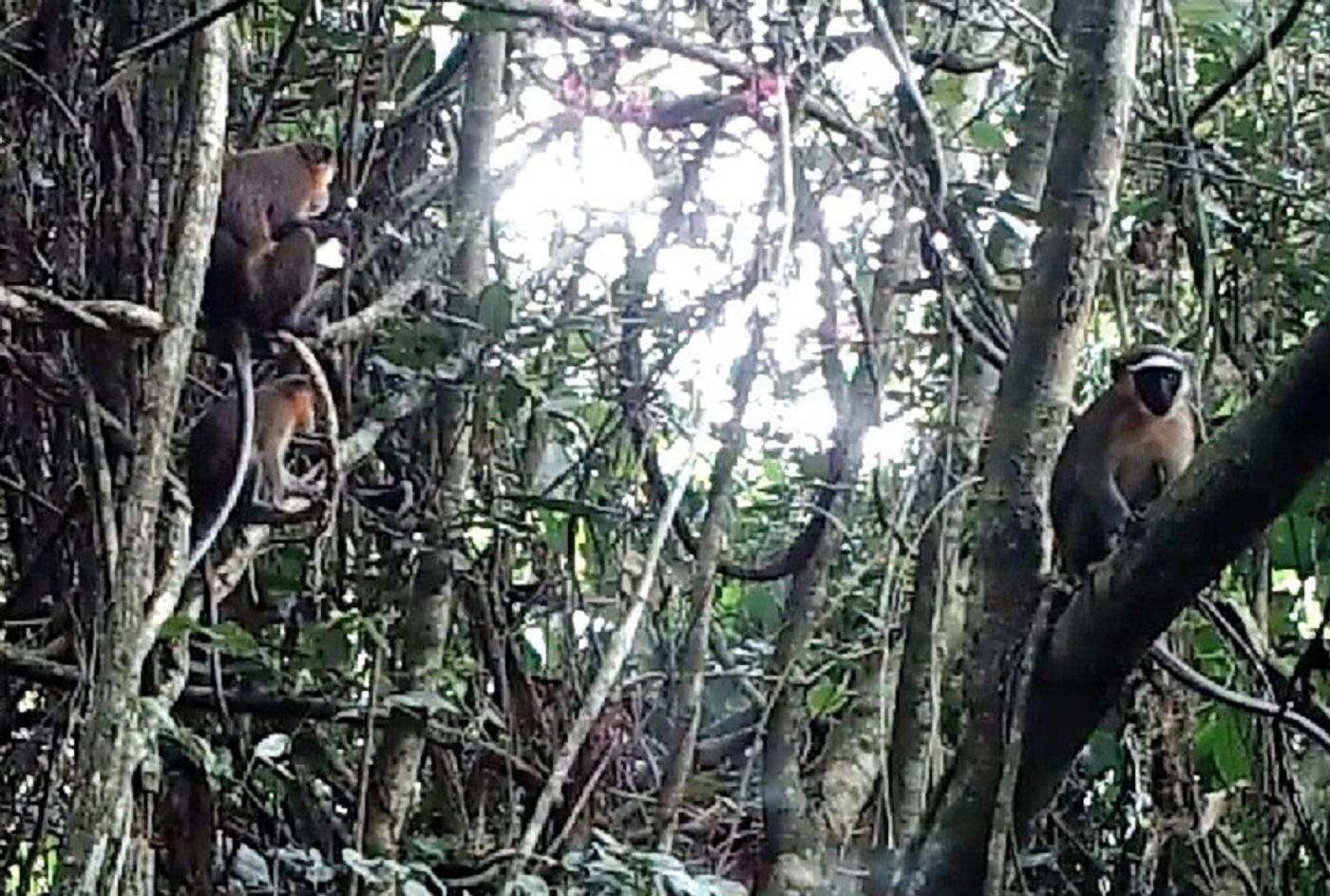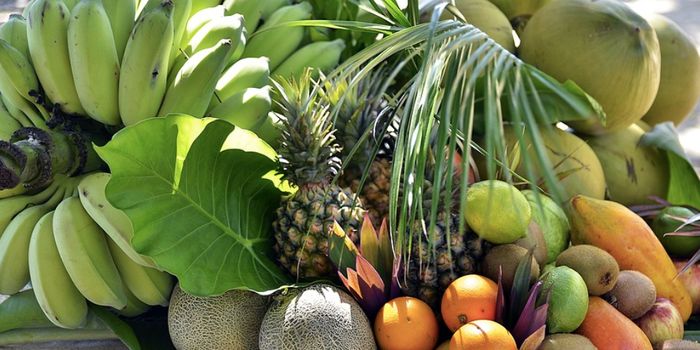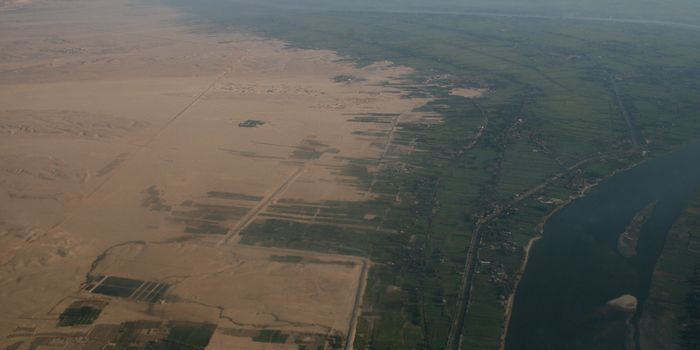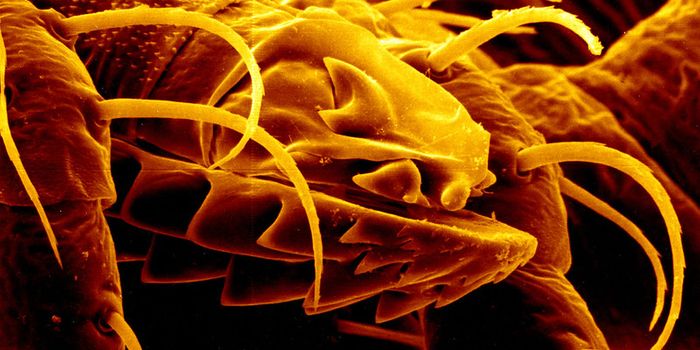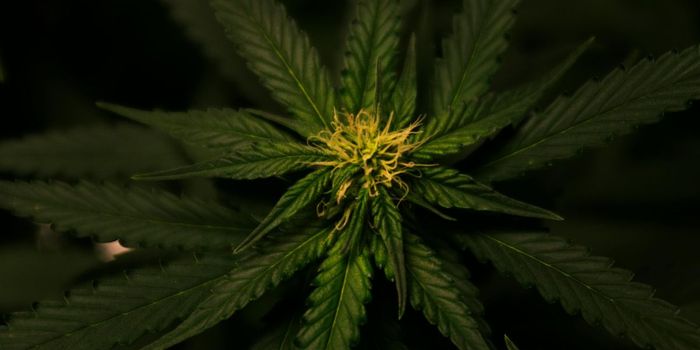Researchers Capture Rare Footage of Dryas Monkeys in the Congo Basin Rainforest
There exists a critically-endangered species of monkey so rare that it was once thought to be extinct, but first-of-its-kind footage of the Dryas Monkey has officially been captured by Florida Atlantic University researchers who set up an array of motion sensing cameras in Lomani National Park in the Democratic Republic of Congo.
The species was reportedly identified in the early 1930’s, but not too long after its discovery, it was so hard to find that researchers had figured it was on its last leg. With fewer than a couple hundred individuals thought to exist in the wild, it was a miracle when the modern-day researchers were able to capture footage of a population in the wild.
Image Credit: Daniel Alempijevic, FAU Primate Evolution and Conservation Lab
“The Dryas monkey is extremely cryptic and we had to think of a creative strategy to observe them in the wild,” said Kate Detwiler, Ph.D, a primatologist and an assistant professor of anthropology from FAU. “Dryas monkeys are drawn to dense thickets and flooded areas. When threatened, they quickly disappear into a tangle of vines and foliage, mastering the art of hiding.”
The camera traps were set up all over the place, ranging from the ground, to mid-height up in trees, to even at the top of the tallest trees. The goal was to learn where the Dryas Monkey was, and more importantly, where they prefer to reside.
You can see a small fragment of the footage containing the species in the video below, compliments of the FAU YouTube channel:
It was found that the species tend to avoid confrontation and are very antisocial and shy. They like to hide away in the trees where they are unlikely to encounter unwanted visitors.
Because so little is known about this elusive species, scientists want to learn more about them, their habitat, and their lifestyle. It’s hoped that we might be able to monitor their numbers and find a way to protect the species so that extinction can be delayed or prevented.
The Congo Basin rainforest, the site of the filming, is said to be going through some hard times these days, just like almost anywhere else in the world where wildlife thrives. Problems with deforestation, hunting, and other human-based activities are driving species numbers down, and not just the Dryas Monkey.
“Our goal is to document where new Dryas populations live and develop effective methods to monitor population size over time to ensure their protection,” Detwiler continued. “Understanding where they reside is important, because the animals living inside the Lomami National Park are protected, as it is illegal to hunt.”
The study’s camera traps proved successful in revealing the presence of several other unnamed animal species, which are also native to the area, and will also contribute to animal science.
With evidence now available that the species is indeed still around, awareness can hopefully spread to help protect the species from further harm.
Source: Florida Atlantic University via IBT
-
MAY 07, 2024Is It Anti-RNP or Anti-Sm/RNP?
-
MAY 08, 2024Expand your Multiomic Capabilities with RNAscope™
- See More
-
APR 30, 2024Immuno-Oncology Virtual Event Series 2024
-
MAY 07, 20243rd International Biosecurity Virtual Symposium
-
MAY 23, 2024For the Love of Digital PCR 2024
- See More
